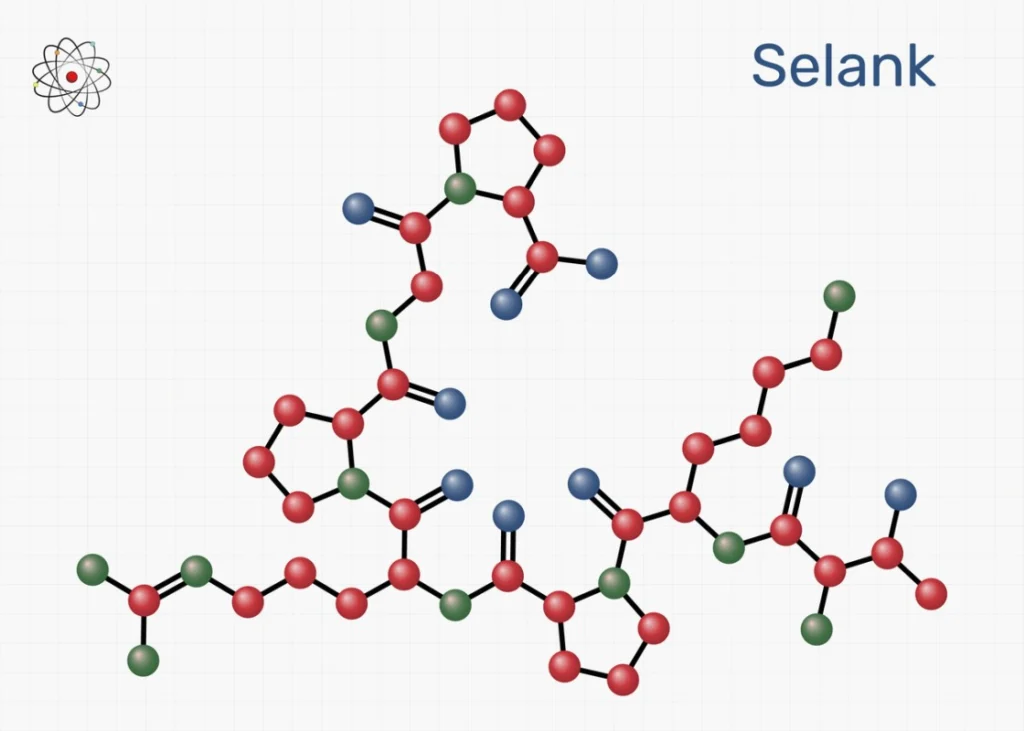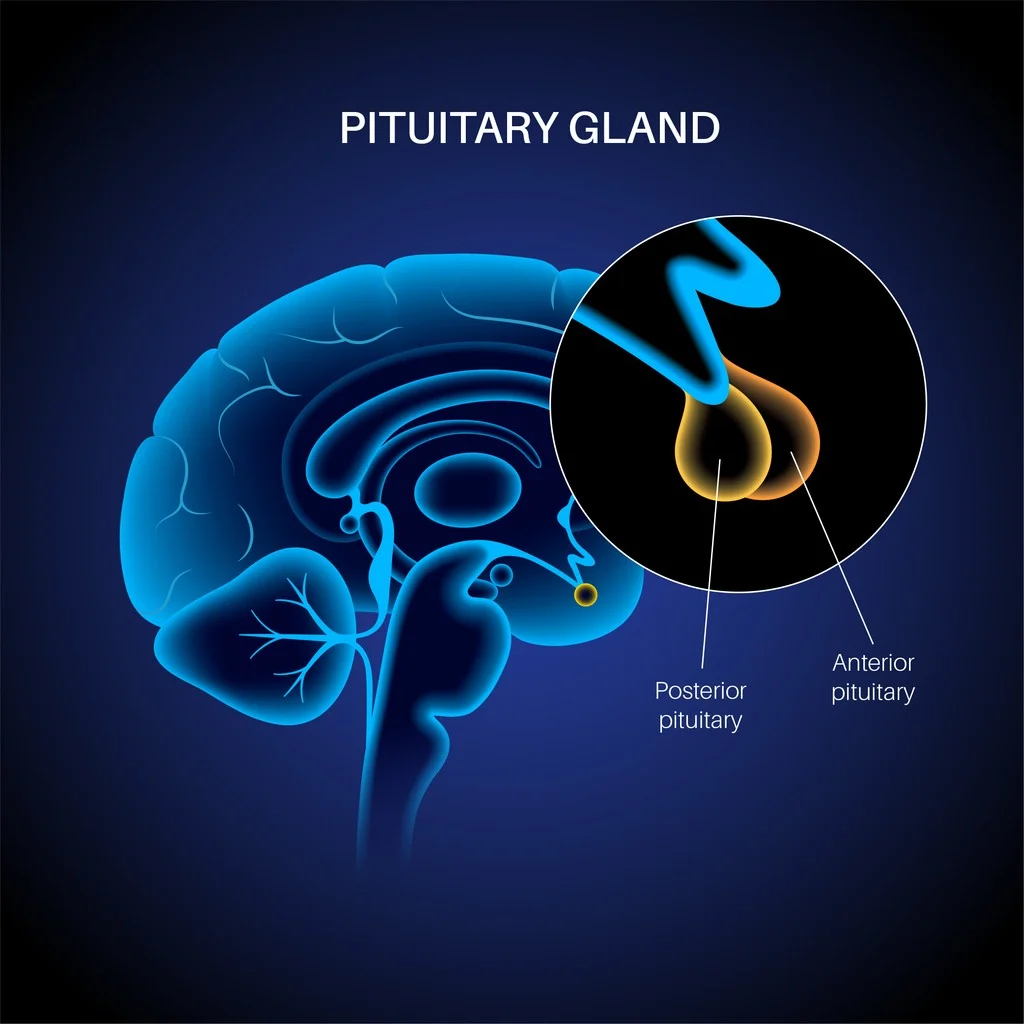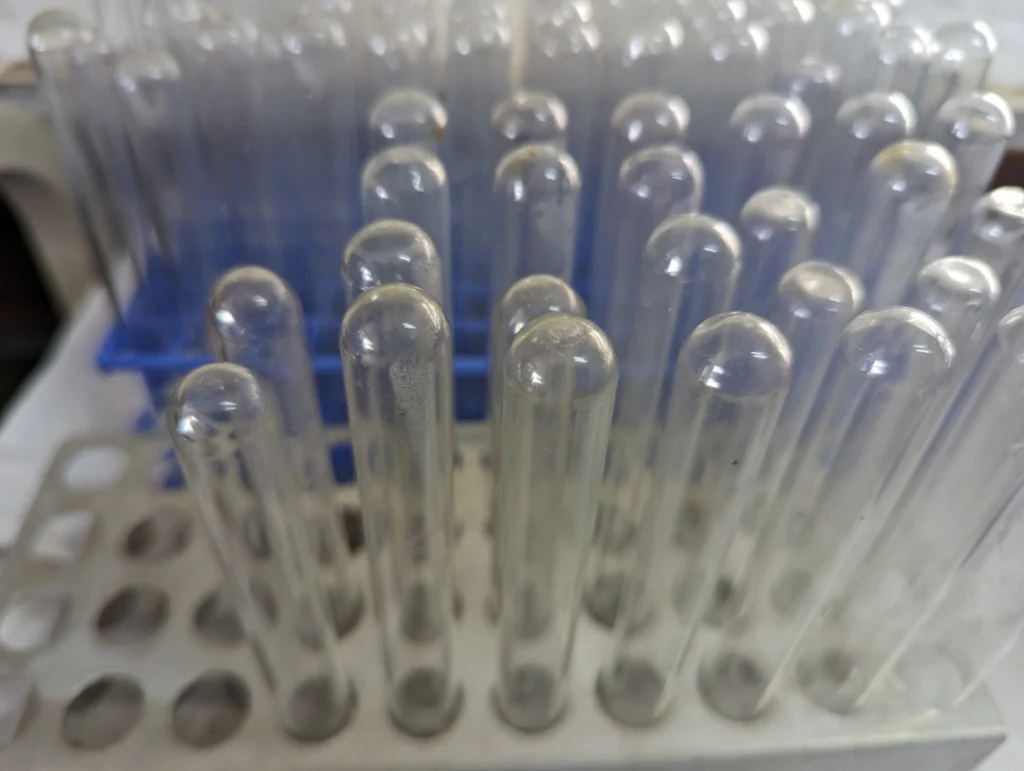Peptide Blog
All articles and shared info are for educational purposes only.
Latest Peptide Articles
Decapeptide-12 and Tyrosinase: Interactions in Dermatological Studies
Decapeptide-12 is a synthetic oligopeptide composed of twelve amino acids (Tyr-Arg-Ser-Aar-Lysd-Tyr-Ser-Ser-Trp-Tyr). It does not appear to mimic any naturally occurring peptide but was designed by researchers with the intent to target specific enzymatic pathways. The peptide has been primarily studied for its inhibitory potential on tyrosinase, an oxidase enzyme that is considered to play a...
Syn-AKE Tripeptide and Dermal Wrinkles
Syn-AKE is a synthetic tripeptide engineered to possibly replicate the bioactive function of Waglerin-1, a polypeptide component of the venom of the Malaysian Temple Viper (Tropidolaemus wagleri). Waglerin-1, a 21-amino-acid peptide, appears to exhibit neuromuscular blocking activity by interfering with signal transmission at the neuromuscular junction. Syn-AKE is considered to retain the essential pharmacophore of...
From Tuftsin to Selank: Exploring the Neurochemical and Immunological Dimensions of a Synthetic Heptapeptide
Selank is a synthetic heptapeptide structurally derived from the endogenously occurring tetrapeptide Tuftsin. The peptide sequence comprises the Tuftsin fragment at the N-terminus and a tripeptide Pro-Gly-Pro (PGP) motif at the C-terminal end. The incorporation of the PGP sequence is suggested to influence the peptide’s physiochemical potential in supporting interaction with lipid-rich biological membranes. Selank...
Overview of the Triptorelin Peptide
Triptorelin is a synthetic decapeptide and a structural analog of gonadotropin-releasing hormone (GnRH). Reports suggest it was first developed as part of research project on peptide analogs aimed at evaluating peptides that might have the ability to modulate endocrine signaling through the hypothalamic pituitary gonadal (HPG) axis. Structurally, Triptorelin peptide consists of ten amino acids...
Pharmacological and Metabolic Insights into the Ipamorelin & CJC-1295 Blend
Ipamorelin and CJC-1295 blend is a mix of the two synthetic peptides categorized as growth hormone secretagogues (GHSs).This classification refers to compounds that may stimulate the release of growth hormone (GH) through indirect pathways rather than functioning as growth hormone releasing peptides. Ipamorelin is a pentapeptide, also identified as NNC 26-0161, while CJC-1295 is a...
Potential of Sermorelin and Ipamorelin in Growth Hormone Regulation and Systemic Outcomes
Sermorelin and Ipamorelin are synthetic peptides extensively studied for their potential influence on growth hormone regulation. Sermorelin is a 29-amino acid peptide fragment derived from the endogenous growth hormone-releasing hormone (GHRH), which appears to represent the biologically active N-terminal portion known as Growth Hormone Releasing Factor (1-29) or GRF (1-29). This truncation from the native...
Tripeptide-1: Antioxidant, Anti-Inflammatory, and Regenerative Research
Tripeptide-1, commonly referred to as GHK (glycyl-L-histidyl-L-lysine), is a naturally occurring oligopeptide composed of three amino acids arranged in the specific sequence glycine-histidine-lysine. Initially identified in plasma, it has since been recorded as present in a variety of physiological fluids and tissues, including cerebrospinal fluid, liver parenchyma, and platelet-derived matrices. The peptide structure is hypothesized...
Chonluten (T-34) Peptide: Inflammation, Gene Expression Regulation & Oxidative Stress Modulation
Chonluten (T-34), also referred to as EDG tripeptide, is a synthetic short peptide composed of glycine, glutamine, and asparagine. Classified by researchers as a peptide bioregulator, Chonluten has been studied for its organ-specific implications, particularly in pulmonary tissue. Preliminary research has suggested that it may play a role in modulating gene expression pathways associated with...
Frag 176-191: Insights from Lipolytic, Osteoarthritic, and Oncologic Models
Frag 176-191 (Fragment 176-191), which, in scientific literature, is often also referred to as hGH Fragment 176-191, tyr-hGH 177-191, or AOD 9604, is a synthetic peptide derived from the C-terminal region of the human growth hormone (hGH) molecule. This segment comprises the final 16 amino acid residues of the endogenous hGH polypeptide chain. This sequence...









